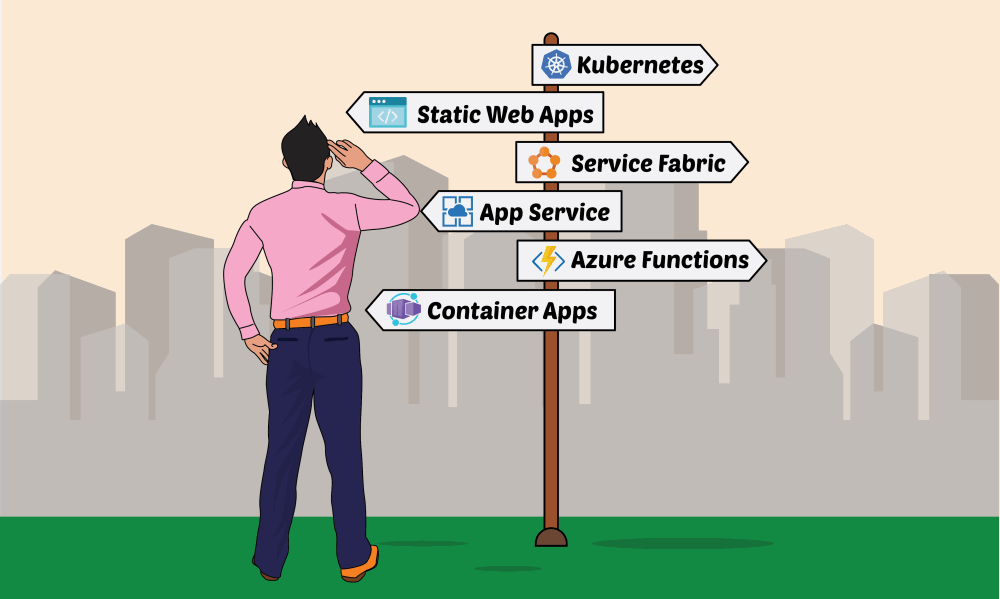
9 Best Practices to Safely Deploy and Keep Your Application Healthy at Scale
Disclaimer: This blog post was written by a human, with no AI-generated text. An application’s code base is a living entity. It keeps growing, changing, and adapting. There’s always a new feature to add, more bugs to solve, and new bugs that are created as a result. As the teams grow, the code changes more often and there are ever more features, more issues, and more bugs. Thorough manual testing becomes impossible the bigger your application gets and as you ship more frequently.

Azure Virtual Machines vs App Services
Azure Virtual Machines and App Services are the two basic pillars of Azure cloud services. Both offerings provide a way for you to execute workloads or host your server in the cloud. In both, you pay for some virtual machine in an Azure data center that runs your code. But that’s where the similarities end. One is bare bones infrastructure, whereas the other is a managed platform. One is customizable but hard to manage, whereas the other requires forces you to use the specific tooling and configuration Azure offers.

The Best C# .NET Web Application Tech Stack: Deploying to Azure
We’re continuing our journey to go over the best modern web technologies by Microsoft for building a web application, and now it’s time to actually have your app make its way to the internet. We’ll see many Azure offerings, what they support, their pros and cons, and when one is better than the other.

Continuous Delivery with Feature Flags (toggles) is More Difficult Than it Seems
What happens if you’re working on something that lasts much more than one sprint? Maybe 3 sprints or 10. Are you going to work on a separate branch, ending with a huge merge? Are you going to run automated tests on that branch? This matter is not that simple, as I recently experienced.
